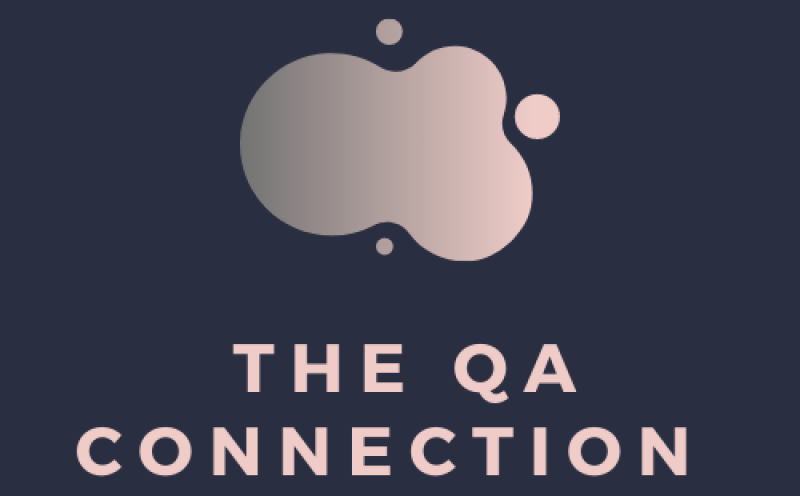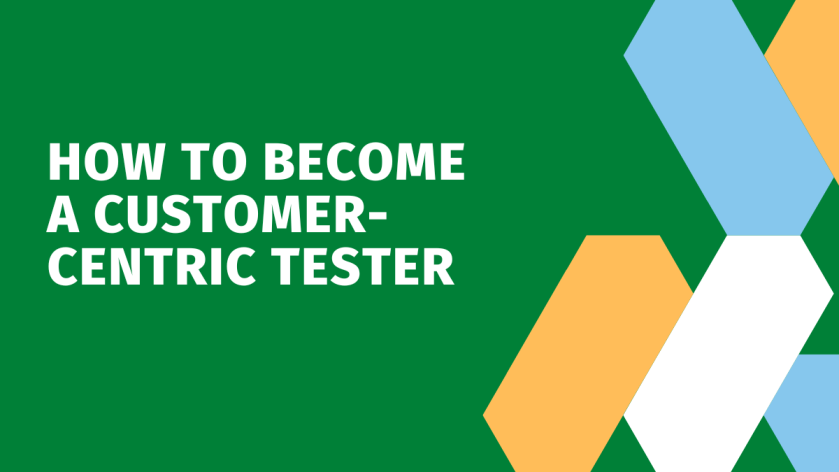Great companies have figured out a primary key to business longevity: caring about your customer’s opinion of the product and ease of use. Because of that, they are investing now more than ever in customer-centric product development. Uservoice defines customer-centric product development as “an approach to building and improving products that places customer truths at the core of new development. Embracing this approach means every new feature and functionality released can be traced back to a real customer problem.” However, creating customer-centric products and features isn’t as easy as just flipping a switch. How can we, as testers, shift to meet the customer-centric development model?
Problem Statement
Let me first describe the problem that we often see when customer-centric testing isn’t in place. Your team has spent countless hours designing, developing, and testing a new feature for your website. You’ve tested functionally and non-functionally and are happy with the quality you’re releasing. It hits production and BAM! customers are calling in unhappy with the feature and the negative customer experience it has created. Defects are opened because the feature wasn’t tested how the customer actually uses it. Or even worse, the design has to be completely redone. You’re confused because you tested against the user stories. This team miss could have been avoided if a customer-centric approach was being used.
Personas
Customer personas represent fictional characteristics of the people that are using your product or features. Personas are often created by the product design teams. In high-functioning teams these personas are referenced repeatedly throughout the product development to ensure the team consistently keeps the customer in mind.
A customer-centric tester will carry that persona throughout their testing as well. I recommend using the persona when you’re designing exploratory testing sessions. For example, let’s say you have a persona we’ll call “Nicole”. The characteristics of this persona are that of a working mom in her mid-50s, with an average understanding of technology. Nicole likes to scroll Facebook and does her banking online but that’s the extent of her day-to-day technology experience. You’re rolling out a new feature for your online tax software and want to make sure it’s easy to use for everyone.
In your exploratory testing session, you will take on the persona of Nicole. How would someone like Nicole use your product? Will they intuitively understand where to go and what information you’re asking of them? Will they know how to get help when they get stuck? Is that process easy or does it add stress to their already stressful life? Putting yourself in a customer-centric testing mode helps answer these many questions.
Understand Your Customer
The first step in shifting to a customer-centric tester is to ensure you know who your customer is. Here are some questions to better understand this:
- What do they like about your software?
- What pain points do they currently have with it?
- What frustrates them when using any product?
- What features do they enjoy using?
- What’s missing?
- What problems are they trying to solve in using your product?
- What is your customer demographic?
- What does your competitor have that might make a customer reconsider your product?
- How do they access your product?
To gather this information, I recommend going straight to the source. Can you meet with them, watch them use your product, and evaluate the usability as they click through it? If not, consider using a session replay tool where you can record the customer journey and go back and watch it later.
Another useful method to stay customer-centric is to join product discussions. For example, when you’re grooming user stories, don’t just focus on acceptance criteria, focus on the customer journey and how each of your personas may use your product differently. Ask questions that surface product deficiencies based on the customer’s need you’ve learned about.
Monitoring and Analyzing Data
Gathering insights from monitoring and product analytics tools is important in your quest to be customer-centric. Consider these as you’re developing your test strategy:
- Browsers and Devices – ensure you are considering the varying devices and browsers your customer will be using. Incorporate the variety into your test plans. Test automation can help fight this battle!
- Operating Systems – what OS and configurations are your customer’s using?
- Push for customer feedback through surveys, app ratings, reviews, etc…
- Frequently review your defect data – are there trends in specific pages/screens of your software?
- Understand system performance – production monitoring tools can give you valuable insight into where customers are experience performance issues.
Listen to Your Gut
One of the hardest things to do as a tester is to avoid the desire to write things off as anomalies. We’ve all been there. You’re testing and encounter something strange. You can’t reproduce it so you write it off as a glitch in the matrix.
If you’re testing an application and something doesn’t feel right, or the flow isn’t smooth, don’t write it off! Make note of your emotions as you’re using the product. Are you happy and at ease? If not, perhaps there is room for improvement. Also, don’t limit your customer-centric testing to just the UI. Think about documentation and training; these are areas that often help retain customers.
Bug Bashes
Sometimes, no matter how much you test, you just get to a point where you can’t see the forest for the trees. Bug bashes are a fantastic way to gain feedback from others after you’ve exhausted your testing. Typically this would be other engineers or testers on the team. However, consider taking it a step forward and bringing in folks from the business side. Search for a “Nicole” on the team that can give you feedback.
Conclusion
What sets an okay product apart from a great product is usability. We’ve seen time and time again, the same features across multiple products doesn’t deliver the value the same way. In today’s tough market, finding a way to delight the customer will always win. As a tester, it is our responsibility to respond by shifting our skills and incorporating customer-centric testing methods into everything we do. Trust your gut, be the customer, and use data to drive your test approach and designs. That’s a winning combination!


One comment